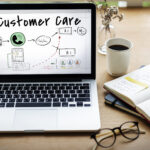In today’s competitive marketplace, generating leads is no longer a siloed marketing task or a checkbox for the sales department. Instead, lead generation has evolved into a strategic, collaborative process involving sales, marketing, customer support, leadership, and even product development. This transformation raises a vital question for every organization: Who should be responsible for generating sales leads?
If your pipeline is drying up or your business is struggling to grow, answering this question could redefine your strategy and determine your success trajectory. In this article, we’ll dive deep into the multifaceted world of lead generation, explore how different roles contribute, and present actionable steps to build a sustainable and high-converting lead engine.
Let’s get started.
What Are Sales Leads, and Why Do They Matter?
Before we discuss who owns the lead generation process, it’s critical to define a sales lead and understand its significance in your business.
A sales lead is an individual or organization that has shown interest in your product or service—perhaps by subscribing to your newsletter, filling out a form, or interacting with your social media or website.
Why do sales leads matter?
-
They are the first step in your revenue funnel.
-
They offer an opportunity to build trust and nurture relationships.
-
They enable targeted marketing using behavioral data.
-
Most importantly, they drive predictable revenue growth.
A well-qualified lead significantly improves your conversion rates, while low-quality leads waste your team’s time and resources.
The Traditional View: Marketing Handles Lead Generation
Historically, the role of lead generation has been assigned to marketing teams. The logic was simple: marketing attracts leads, and sales closes deals. In this traditional model, marketing activities such as:
-
SEO-optimized content marketing
-
PPC campaigns
-
Social media ads
-
Event promotions and webinars
…all contributed to building awareness and bringing in leads.
But were these always sales-ready leads?
The challenge here is qualification. Marketing can attract traffic, but without deep understanding of customer pain points, these leads may lack real buying intent.
Sales Has a Stake Too: The Rise of Sales-Generated Leads
As organizations matured, a new mindset emerged: Sales should generate their own leads too.
Salespeople often leverage:
-
Cold emails and calls
-
LinkedIn outreach
-
Networking and referrals
-
Industry events and trade shows
-
Account-based marketing (ABM)
Unlike traditional marketing methods, sales-generated leads are often highly targeted and tailored, increasing the chances of conversion. Sales teams typically understand buyer personas, objections, and use cases, which allows for personalized conversations right from the start.
This approach is especially effective in B2B environments, where sales cycles are complex, and relationships matter more than clicks.
A Modern Reality: Lead Generation Is a Shared Responsibility
Today, the most successful companies realize that lead generation is a shared responsibility. It’s no longer about choosing between sales or marketing—it’s about integrating efforts across departments.
Here’s why:
-
Marketing brings reach and awareness.
-
Sales provides context and personalization.
-
Customer support identifies upsell/cross-sell opportunities.
-
Product teams gather insights to refine buyer personas.
-
Leadership leverages their networks and reputation for referrals.
So, instead of asking “Who should be responsible?” the right question is:
How can every department meaningfully contribute to lead generation?
Key Roles in Lead Generation and Their Responsibilities
Let’s break down the lead generation process by department and explore how each team can contribute effectively.
1. Marketing Team
Primary Responsibility: Attracting and nurturing leads
The marketing team lays the foundation by attracting traffic and generating awareness. Their key activities include:
-
Creating SEO-optimized blog content
-
Running PPC campaigns on Google and Meta
-
Designing email marketing sequences
-
Hosting webinars and virtual events
-
Managing social media engagement
-
Offering lead magnets (ebooks, case studies, free tools)
💡 Tip: Use tools like Semrush and HubSpot to identify what your audience is searching for and tailor content accordingly.
2. Sales Development Representatives (SDRs)
Primary Responsibility: Initial outreach and qualification
SDRs serve as the first human touchpoint. Their role is to validate MQLs (Marketing-Qualified Leads) and qualify them into SQLs (Sales-Qualified Leads).
They do this by:
-
Cold calling and emailing
-
LinkedIn messaging and engagement
-
Scheduling discovery calls
-
Researching target accounts
SDRs ensure your sales pipeline is consistently full of quality leads, ready to move into deeper sales conversations.
3. Account Executives (AEs)
Primary Responsibility: Converting leads into paying customers
While AEs focus on closing deals, they also play a vital role in lead generation by:
-
Identifying upsell or expansion opportunities
-
Asking current clients for referrals
-
Attending industry events to network
Their interactions often result in warm leads that bypass cold outreach altogether.
4. Customer Success and Support
Primary Responsibility: Retention and expansion
Your existing customers are a goldmine for lead generation. Support teams help by:
-
Discovering new needs or pain points
-
Collecting customer feedback that informs marketing
-
Encouraging referrals or case studies
-
Promoting loyalty programs
These teams can turn satisfied clients into brand advocates, effectively multiplying your lead base.
5. Executive Leadership
Primary Responsibility: Strategic networking and influence
Executives and founders bring a different kind of lead—those from relationships and credibility.
They can:
-
Open doors through networking at conferences
-
Speak on industry panels or podcasts
-
Initiate co-marketing partnerships
-
Generate buzz through media interviews or thought leadership
In many cases, a simple C-suite introduction can result in enterprise-level leads.
What’s the Ideal Process for Assigning Lead Generation Responsibility?
Shared responsibility doesn’t mean chaos. It requires a structured system to ensure alignment, accountability, and measurement.
1. Define Lead Stages Clearly
-
Marketing-Qualified Lead (MQL): Someone who’s shown interest but isn’t ready for sales.
-
Sales-Qualified Lead (SQL): A lead that meets specific criteria like budget, need, and authority.
2. Automate Handoffs with CRM Tools
Use platforms like Salesforce or Zoho CRM to:
-
Route leads to the right team
-
Notify reps when leads are sales-ready
-
Score leads based on behavior
3. Align Metrics Across Teams
Establish shared KPIs, such as:
-
Lead-to-opportunity conversion rate
-
Customer Acquisition Cost (CAC)
-
Average deal size and velocity
4. Foster Weekly Syncs and Feedback Loops
Encourage collaboration and transparency between departments by holding weekly alignment meetings. Review performance, pipeline status, and campaign effectiveness together.
Smarketing: When Sales and Marketing Work as One
Smarketing is the fusion of sales and marketing into a unified lead engine.
Key components of smarketing:
-
Shared customer personas and messaging
-
Common metrics and success indicators
-
Real-time feedback loops between teams
-
Co-planned campaigns and events
💡 According to HubSpot, organizations with strong smarketing alignment experience 208% more revenue from marketing efforts.
Why Relying on Just One Department Fails
Delegating lead generation solely to marketing or sales can cause:
-
Misalignment in lead quality
-
Wasted resources and longer sales cycles
-
Low morale in sales teams waiting for leads
-
Lost opportunities from product or support insights
A collaborative strategy ensures leads are not only abundant but also qualified, contextual, and ready to convert.
Tools That Streamline Cross-Department Lead Generation
Here are some top tools to unify your teams:
| Tool | Use Case |
|---|---|
| HubSpot | Marketing automation, CRM, email campaigns |
| Salesforce | Sales pipeline management and analytics |
| LinkedIn Sales Navigator | Prospecting and social selling |
| Apollo.io | Lead database and outreach automation |
| Semrush | SEO, content, and competitor analysis |
| Zapier | Workflow automation and app integration |
Case Studies: Companies That Nail Lead Generation
1. Drift
-
Uses conversational marketing to capture leads
-
Sales responds in real-time using live chat
-
Results: Higher engagement and conversions
2. Slack
-
Adopts product-led growth
-
Support and success teams identify usage patterns
-
Uses that insight for upselling and cross-selling
3. HubSpot
-
Publishes high-value content to attract MQLs
-
Sales team uses CRM to nurture leads with automation
-
Best-in-class smarketing example
Conclusion: Lead Generation Is Everyone’s Job
So, who should be responsible for generating sales leads?
The answer is everyone.
Lead generation is no longer a linear process—it’s a network of touchpoints, teams, and strategies working in sync. Marketing builds the stage, sales performs, customer support follows up, and leadership brings the spotlight.
The best-performing organizations empower all departments, align goals, and leverage data and tools to create a lead generation ecosystem that’s scalable, repeatable, and wildly effective.
Stop passing the lead-generation buck. Make it everyone’s mission, and watch your sales soar.














